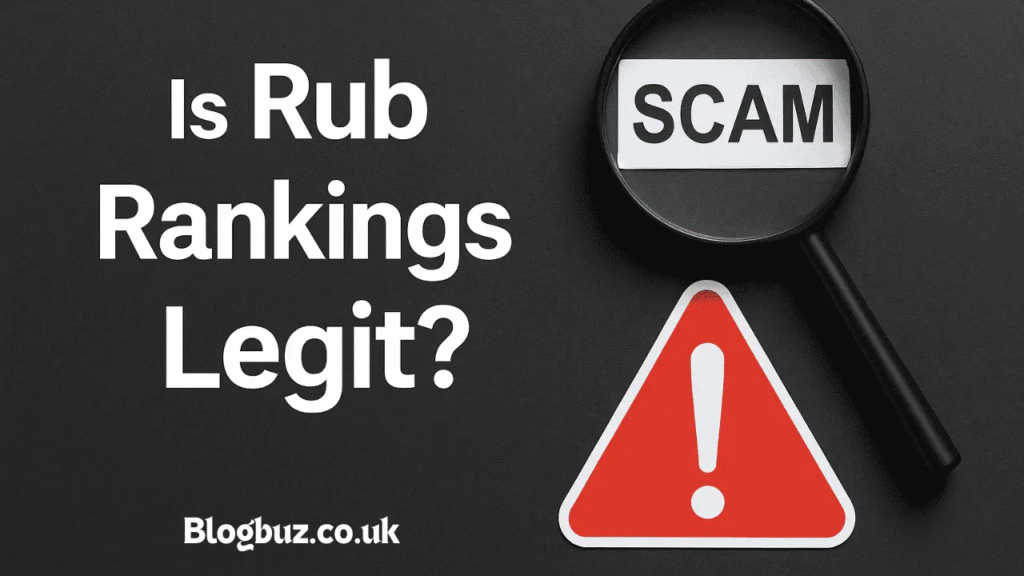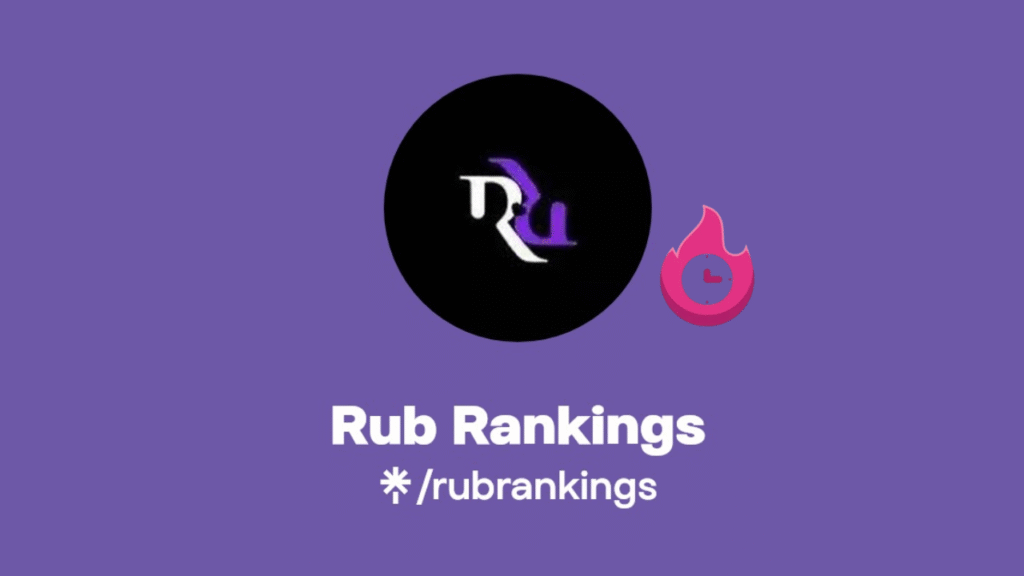Rub ranking is a smart and easy way to measure how well someone is doing at something. Whether it’s in school, sports, or even business, rub rankings help people know where they stand. This guide will break it down in a fun and simple way, just like you’re learning from a friend.
What Does Rub Ranking Mean?
Rub ranking stands for “rubric ranking.” A rubric is like a scorecard that helps people judge performance. Imagine you’re doing a project in school and your teacher gives you a list of things they’ll grade you on, like neatness, creativity, and whether you followed instructions. Each thing gets a score, and when you add them all up, that becomes your rub ranking. It’s kind of like rating your work from 1 to 10 based on certain rules. Rub ranking makes it easier to understand how well someone performed and where they can improve. It’s fair, easy, and helps everyone stay on the same page. Even in sports, music, and business, rub ranking works the same way—giving a total score based on specific criteria.
Why Do People Use Rub Rankings?
People use rub rankings because they help measure quality in a clear and organized way. Whether it’s a teacher grading an essay, a coach judging a player’s performance, or a business reviewing customer satisfaction, rub rankings make it easier to give fair scores. They make everything more transparent, so no one has to guess how they did. Rub rankings also help people get better. When you know your score and what you were graded on, you can fix mistakes and improve next time. Instead of just saying “good job” or “you need to improve,” a rub ranking shows exactly what was done well and what needs work. That’s why more and more people are using rub rankings in all kinds of areas.
Where Can You Find Rub Rankings?
Rub rankings are used in many different places. They’re everywhere—you just may not have noticed them yet. From school classrooms to mobile apps and online tools, rub rankings are helping people learn, grow, and succeed. Let’s break it down a bit more.

Sports Websites
Many sports websites use rub rankings to rate players. For example, a basketball player might be rated on how many points they scored, how many assists they made, and how well they worked with their team. Each of these things gets a score, and the total is the rub ranking. This helps coaches, fans, and even the players themselves see how well they’re doing.
Education Apps
In school, teachers use rub rankings to grade assignments. But it doesn’t stop there. Many education apps now have built-in rubrics to help students understand their progress. Apps like ClassDojo, Google Classroom, and others allow teachers to use rub rankings to give feedback. Students can see exactly how they’re doing in subjects like math, reading, and science.
Online Tools
There are also many online tools that use rub rankings. Some websites help teachers create rubrics to grade assignments. Others are designed for sports teams or businesses to track performance. These tools often include charts, graphs, and reports that make the rub rankings easy to understand. Some popular online platforms even offer automatic rub ranking calculations to save time and make grading more accurate.
How Are Rub Rankings Calculated?
Rub rankings are calculated by using a scoring system based on a set of rules or criteria. Each task or performance is broken into parts, and each part gets a score—usually from 1 to 5 or 1 to 10. These scores are added together to get the total rub ranking. For example, if you’re writing a story for class, your teacher might grade you on spelling, grammar, creativity, and whether you followed the instructions. Each part might be worth 10 points. If you get 8 in spelling, 9 in grammar, 7 in creativity, and 10 in following instructions, your rub ranking would be 34 out of 40. It’s that simple. The key to rub rankings is the rubric—a set of rules that make it fair for everyone. No more guessing why someone got a better grade. Everything is right there, clearly shown.
Real-Life Examples of Rub Ranking
Let’s take a look at some real-life examples so you can understand how rub ranking is used every day. In school, teachers use rub rankings for essays, science projects, group work, and even presentations. Let’s say two students are presenting a science experiment. The teacher might grade them on how clearly they explained their idea, how well they followed steps, if their results make sense, and how neat their work is. Each part gets a score, and when you add them all up, that’s their rub ranking. In sports, rub rankings can be used to judge how well a gymnast performs, how many goals a soccer player makes, or even how fast a runner finishes a race. Each action is scored based on clear rules. In business, rub rankings are often used during employee reviews. A manager might rank an employee based on teamwork, attendance, job knowledge, and customer service. Again, each part gets a score, and the total gives the rub ranking. This helps businesses know who’s doing great and who might need help improving.
Who Uses Rub Rankings the Most?
Rub rankings are used by all kinds of people for different reasons. From teachers to coaches to business leaders, many professionals rely on rub rankings to keep things fair, clear, and consistent. Let’s look at some of the main groups who use rub rankings the most.

Teachers and Schools
Teachers use rub rankings more than almost anyone. They help teachers grade fairly and give students a clear understanding of how they’re doing. Whether it’s a spelling test, a big science fair project, or a group discussion, rub rankings help keep things fair. They also make it easier for students to improve by showing exactly what they did well and what they need to work on.
Coaches and Teams
In sports, rub rankings are used to judge player performance. Coaches use them to decide who should play, who needs more practice, and where each player stands. A soccer coach might rank players on things like speed, passing, teamwork, and goals. When all the scores are added up, the coach knows who the top players are and who needs more support.
Business Owners
In business, rub rankings are very helpful for tracking employee performance. Managers often use them during reviews to see who is excelling and who might need more training. For example, an employee might be ranked on customer service, time management, and teamwork. This helps businesses grow and succeed by improving how people work together.
Can Kids Use Rub Rankings Too?
Yes, kids can absolutely use rub rankings! In fact, rub rankings are perfect for kids because they make learning easier to understand. When kids know what the rules are and how they’re being graded, they feel more confident. Instead of just guessing how they did on a test or project, kids can see their rub ranking and know exactly where they shine and where they need to improve. Even apps for kids, like learning games or homework helpers, now include rub rankings to make learning fun and clear. Rub rankings are like little scoreboards that help kids learn faster, do better, and feel proud of their progress.
The Bottom Line
Rub ranking is a simple and powerful tool that helps people see how they’re doing in a fair and clear way. Whether you’re a student trying to get better at writing, an athlete looking to improve your game, or a business owner checking on your team, rub rankings give you the information you need. They break down big tasks into small parts and score each one so you know exactly how to improve. Best of all, rub rankings aren’t just for adults. Even kids can use them to understand their learning better. So next time you’re working on something big, think of rub rankings as your personal scoreboard. When you know the score, you know how to win.



